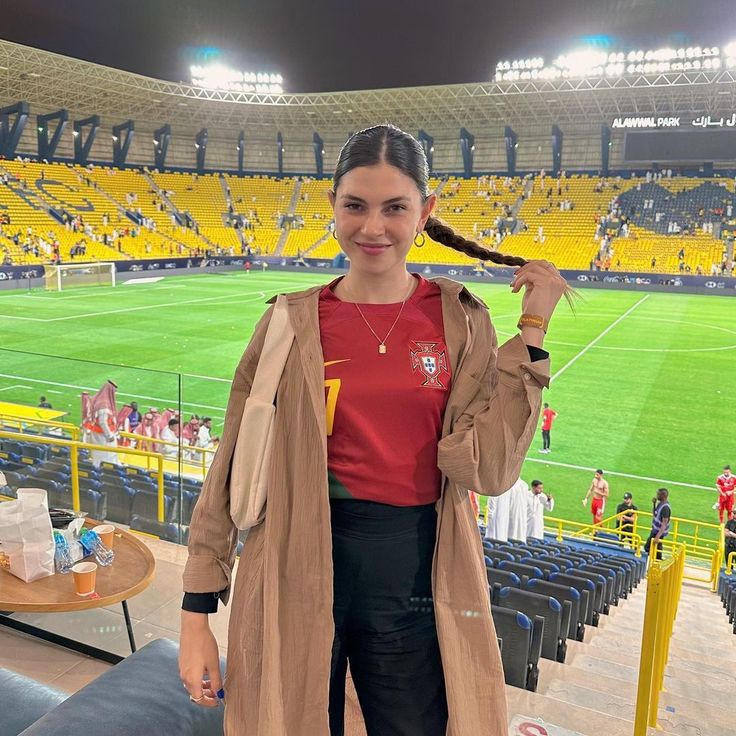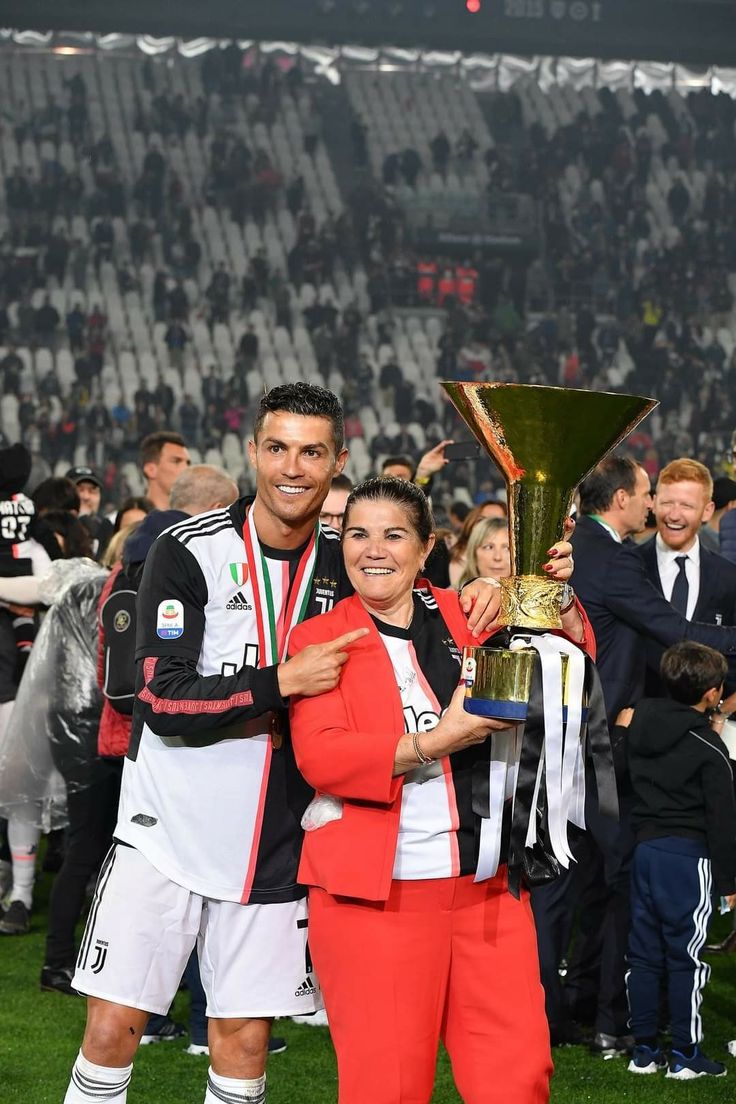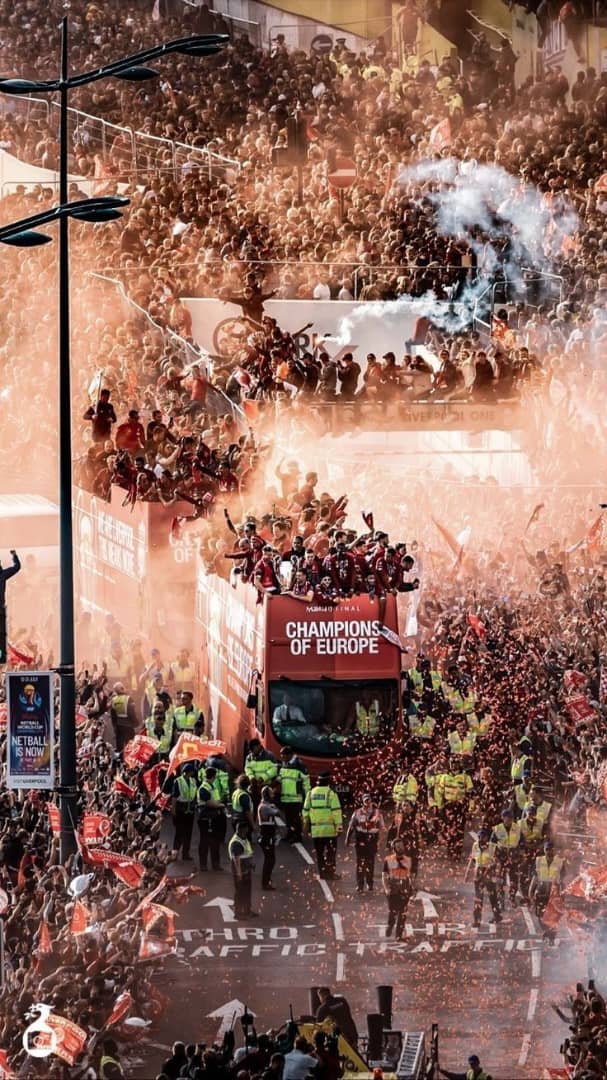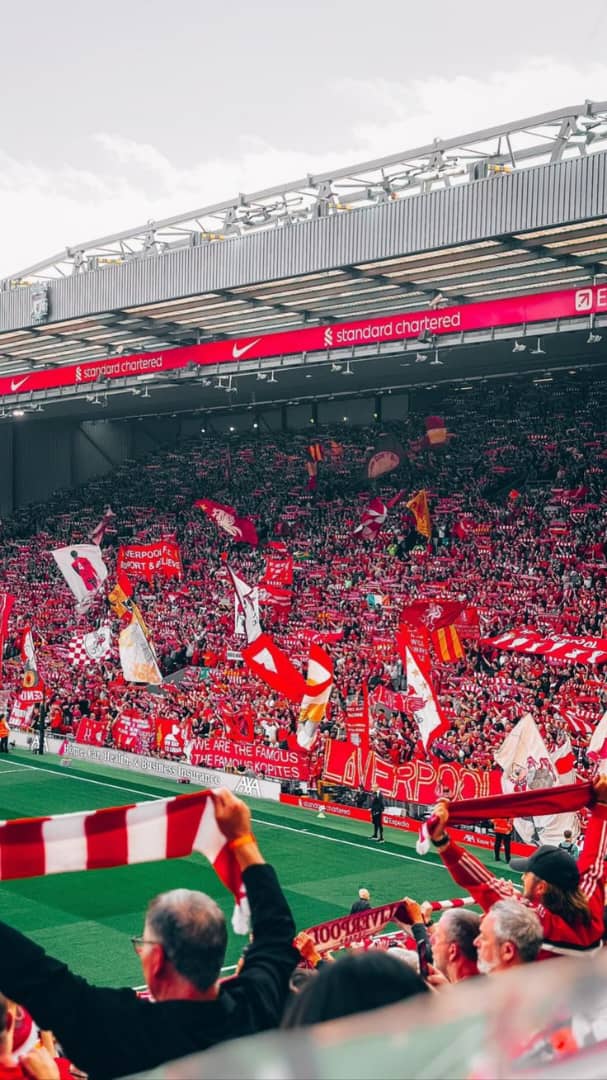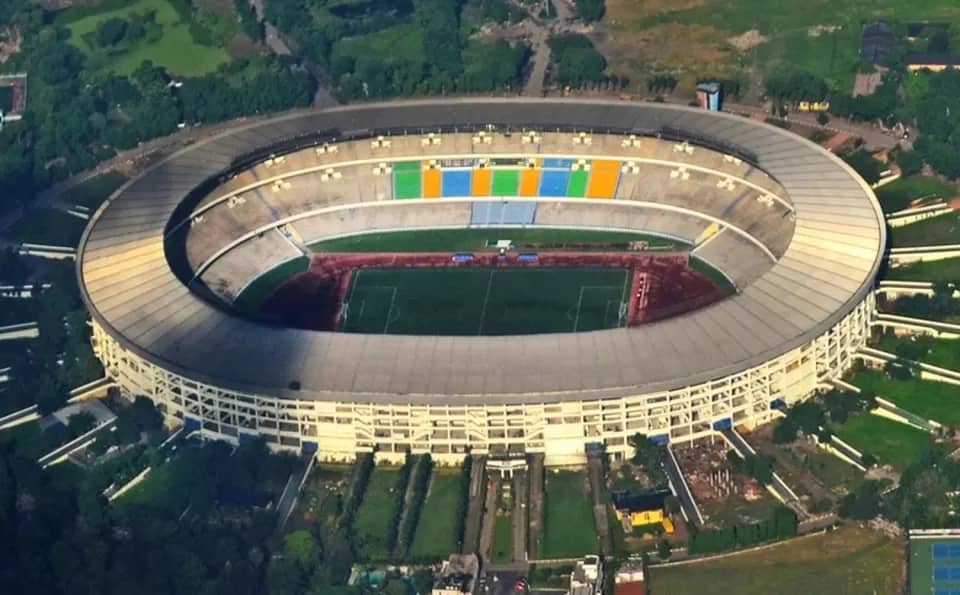
Introduction: The Game Beyond the Pitch
When millions tune in to watch a football match, they witness a seamless spectacle — multiple camera angles, real-time replays, commentary, graphics, and crowd noise all synced into a dynamic broadcast. Behind this polished presentation lies an enormous media infrastructure built over decades, transforming football from a local pastime to a global cultural force. This blog post dives into the fascinating world of football broadcasting — the technology, the logistics, the economics, and the evolution of how the beautiful game is shown to the world.
Chapter 1: A Brief History of Football Broadcasting
1.1 The Radio Era
Before television, football lived on the radio. In the 1920s and 1930s, commentators described matches in vivid detail, painting pictures with words. This era built the foundation for fan engagement across distances.
1.2 The First Televised Matches
- 1937: BBC broadcasts Arsenal vs. Arsenal Reserves — the first TV broadcast of a football match.
- 1954: The FIFA World Cup is televised for the first time, beginning the globalisation of football.
1.3 The Rise of Live Broadcasts
By the 1960s and 70s, football had become a staple of weekend television in Europe and South America. Broadcasts became more frequent and sophisticated, influencing tactics, scheduling, and fan culture.
Chapter 2: Anatomy of a Live Football Broadcast
2.1 Cameras and Angles
Modern matches are covered by 20–40 cameras, each serving a distinct purpose:
- Main broadcast camera
- Goal-line cams
- Spidercams (aerial)
- Tunnel and bench cams
- Tactical wide-angle cameras
Each camera is connected to a central production hub where the director chooses live feeds.
2.2 Commentary and Audio Mix
Commentary is not just description — it’s storytelling. The audio mix also includes crowd noise, pitch mics, manager shouts, and effects.
- Primary commentator (play-by-play)
- Co-commentator (analysis and insight)
- Multilingual streams for international audiences
2.3 Replays and VAR
Instant replays, slow motion, and virtual graphics are managed by a replay director. The VAR room is linked to the stadium but typically operates remotely, with a team of officials and technicians managing multiple angles.
Chapter 3: Behind the Scenes — Technical Infrastructure
3.1 The Outside Broadcast (OB) Truck
The OB truck is the nerve center of live production. Parked near the stadium, it houses:
- Switching consoles
- Audio and video mixers
- Encoding and satellite uplink gear
These mobile studios connect stadium feeds to global broadcast networks.
3.2 Signal Transmission
Signal transmission has evolved from analog to digital to IP-based systems:
- Satellite uplinks (KU-band, C-band)
- Fiber-optic connections (used in UEFA Champions League)
- 5G and cloud-based distribution
Latency, bandwidth, and reliability are key concerns.
3.3 Broadcast Graphics and AR
Graphics teams overlay data: scoreboards, heatmaps, player stats, lineups, and even augmented reality (AR) elements like 3D logos or xG metrics.
Chapter 4: Stadiums Built for Broadcasting
4.1 Camera Rigs and Platforms
Modern stadiums are designed with broadcasting in mind:
- Camera gantries at optimal elevation
- Pre-installed cabling paths and mounts
- Dedicated broadcast zones (no fan obstruction)
4.2 Broadcast Lighting
FIFA and UEFA lighting standards require uniform brightness to eliminate shadows. LED systems offer dynamic control for replays and night games.
4.3 Mixed Zones and Media Tribunes
Post-match interviews happen in mixed zones near the dressing rooms. Press tribunes and commentary booths offer unobstructed views and high-bandwidth internet.
Chapter 5: The Economics of Football Broadcasting
5.1 Rights and Revenue
Broadcast rights are the financial engine of modern football:
- The English Premier League generated over £5 billion in domestic and international rights (2019–2022).
- UEFA Champions League and FIFA World Cup rights are sold globally to dozens of networks.
Clubs and leagues rely heavily on these deals for revenue.
5.2 Tiered Access and Subscription Models
Fans now pay for different levels of access:
- Free-to-air
- Cable and satellite packages
- OTT platforms (DAZN, ESPN+, Amazon Prime Video)
5.3 Pay-Per-View and Microtransactions
Emerging markets and esports-inspired models allow fans to pay per match, per clip, or per season.
Chapter 6: Media Rights, Globalization, and Power
6.1 Broadcasters as Stakeholders
Major broadcasters influence match scheduling, kickoff times, and even transfer value. Their investment gives them bargaining power in football governance.
6.2 Geopolitics and Piracy
In regions like the Middle East and Africa, broadcast rights are part of larger political tensions. Piracy also remains a huge issue, with illegal streams reducing revenue and reach.
6.3 Soft Power and Cultural Influence
Football broadcasting promotes language, culture, and identity. The Premier League, for example, is a tool of British soft power, reaching billions across Asia and Africa.
Chapter 7: Digital Transformation and OTT Platforms
7.1 Direct-to-Consumer (DTC) Models
Clubs and leagues are launching their own platforms:
- Manchester United TV
- Barca TV+
- FIFA+
These platforms offer matches, archives, documentaries, and behind-the-scenes content.
7.2 AI and Automation
- AI-generated highlights
- Automated commentary and captions
- Deep learning for camera tracking
7.3 Personalized and Interactive Viewing
Viewers can now:
- Choose camera angles
- Access multi-language commentary
- Engage in live polls and fantasy games
Chapter 8: Social Media and Fan-Driven Content
8.1 Real-Time Interaction
Clubs live-tweet matches, post goals within seconds, and interact with fans globally.
8.2 Influencers and Fan Vloggers
Fan channels like AFTV or 90min have become parallel media empires. Stadium vlogs, tactical reviews, and reaction videos generate millions of views.
8.3 User-Generated Content
Hashtag campaigns, TikToks, and Instagram Reels allow fans to participate in the narrative.
Chapter 9: Challenges and the Future
9.1 Saturation and Fatigue
Too many platforms, rising costs, and fragmented access are frustrating fans. There is a growing demand for bundled access and transparency.
9.2 Technological Obsolescence
Broadcast infrastructure must keep up with:
- 4K and 8K demands
- Virtual Reality (VR)
- Blockchain-based digital rights
9.3 Equity and Access
There’s a digital divide between wealthy and developing nations. Access to high-quality football coverage remains unequal.
Conclusion: The Invisible MVP
Football broadcasting is the invisible MVP of the modern game. It brings stadiums to living rooms, stories to screens, and heroes to the hearts of billions. The infrastructure behind it — from fiber optics to fan channels — is a marvel of engineering, storytelling, and technology.
As the future unfolds, broadcasting will become more immersive, personal, and decentralized. But one thing will remain constant: without broadcasting, football would still be a local game. Because in the age of global fandom, the true arena is everywhere a screen exists.


